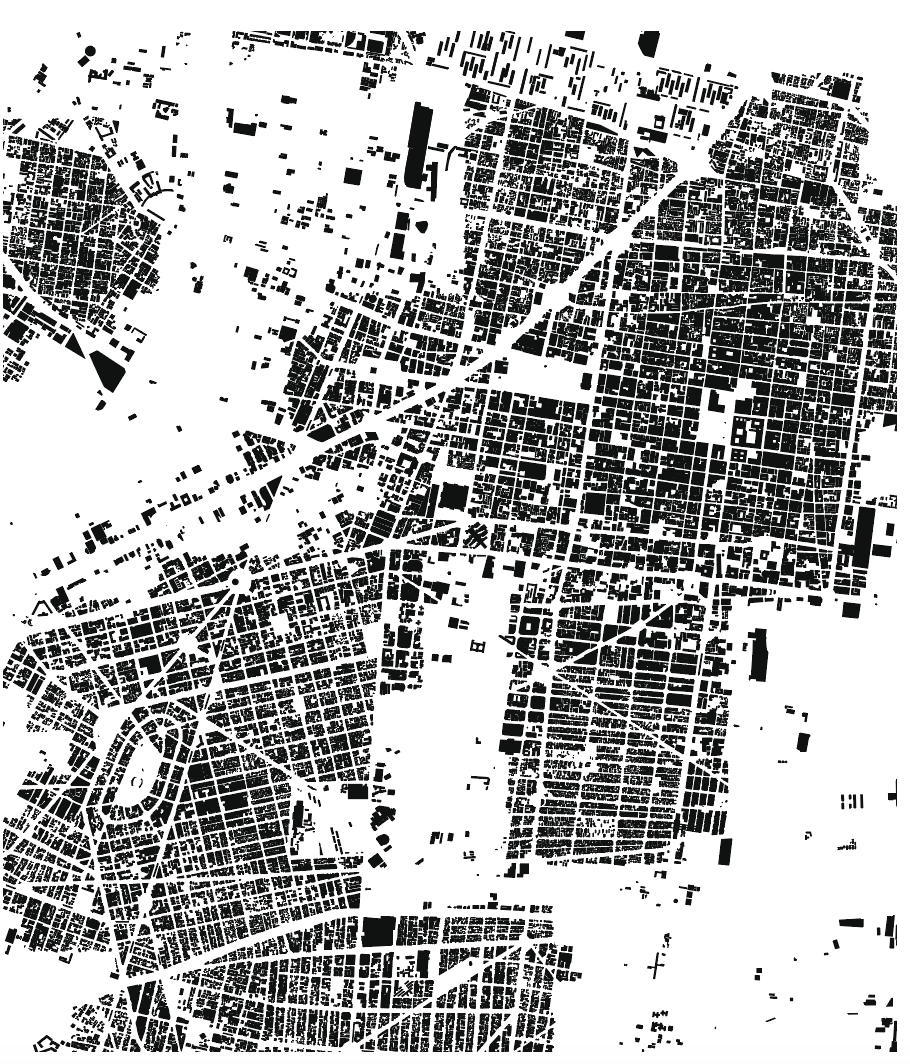
The architect Max von Werz writes in topos 110 about Mexico City – a cultural epicentre bursting at the seams with fresh, raw energy.
Billboard
Skyscrapper
Halfpage
Mexico’s capital is a complex and contradictory place. As the saying here goes, there is not one Mexico City, there are many Mexico Cities. Indeed, sprawling shantytowns coexist with gated communities. Fourhour commutes are a reality for many, while helipads crown developments for the uber-rich. The metropolis’ history is equally surreal and tumultuous. Once the heart of the Aztec civilization, it has since seen waves of colonizers come and go. But over the course of half a millennium, it has become accustomed to ongoing conflicts and crises and has developed an incredible resilience. In the face of countless challenges including inequality, pollution, crime and corruption, the megalopolis has learned to bounce back and life continues unceasingly with will power and vitality that will stop at nothing.
While the country wrestles with the increasingly gruesome violence spurred by the nation’s drug war, Mexico’s vibrant capital seems to dance to its own beat. Forget what you think you know about “el monstruo”, as the city has been known in the past, and you will be surprised to find a cultural epicentre bursting at the seams with fresh, raw energy.
“A cultural epicentre bursting at the seams with fresh, raw energy.”
Chefs are cooking up a new culinary movement by remixing age-old pre-hispanic recipes. The city’s flourishing contemporary art scene has led many to call it the next Berlin. And a new generation of architects is pursuing an architecture that is both contemporary and timeless, Mexican in its extraordinary sensuality and material sensitivity, yet by no means folkloric. Add to that a veritable renaissance in the film, fashion and design scenes and it becomes easy to understand why young creatives have started to stream in from all corners of the world. Key to Me-Mo – as this “Mexican Moment” has been affectionately dubbed – is the rediscovery of a number of decaying historic neighbourhoods located adjacent to the old city centre. A devastating 8.1-magnitude earthquake in 1985, exacerbated by the fact that the city is built on the unstable and sinking ground of a dried-out lake bed, had killed more than 3,000 and led many to relocate from these areas to the city’s outskirts in search of the safety of the bedrock. In the following years, insecurity led to an increase in gated communities. Urban life became more and more segregated.
Since then, however, the city has gone through a catharsis. In recent years, neighbourhoods such as La Condesa with its stunning Art Deco architecture and lush parks have been rediscovered and are in a process of reinvention. In the eclectic colonia Roma dilapidated French-style mansions from the turn of the last century have been retrofitted and transformed into art galleries and restaurants. The municipality’s investment in upgrading public space has breathed new life into these barrios’ plazas and tree-lined boulevards. While 15 years ago cycling in the city was unthinkable there is now an abundance of bike-sharing schemes and use of the automobile is being disincentivized. The rehabilitation of these central districts goes hand in hand with their redensification. In a sense, the metropolis’ seemingly endless sprawl has reached its physical limits, a necklace of mountains and volcanoes, and the city has started to fold back on itself.
“The metropolis’ seemingly endless sprawl has reached its physical limits.”
About six years ago, the government introduced zoning modifications that combat urban sprawl. While applaudable in principle, this shift in policy opened the floodgates for high-rise office towers like the ones popping up relentlessly along the city’s principal avenue Reforma. Mono-programmatic ghettos for ultrawealthy corporations, they have exacerbated traffic problems and put a significant strain on the city’s service infrastructure. Luckily though, private actors have started to step up to the challenge of sustainable densification. Young developers with a keen passion for architecture are championing the adaptive reuse and extension of historic properties.
“The city centre is virtually bursting with the energy of the reinvention.”
Their projects are highly dense despite being low- to mid-rise and cater to a more tenable mix of use and income. The urban model of radiating growth is thus being challenged by a new ideal: one of restoring, adapting and upgrading the historic urban fabric. As a consequence, the city centre is virtually bursting with the energy of the reinvention. The main beneficiaries of this tendency are of yet a privileged elite. While it remains to be seen whether the more than 20 million inhabitants outside of this gentrification bubble will benefit from this new urbanity, there is optimism in the air. New government incentives are targeting corruption and pollution while poverty is being countered by the growth of the country’s middle class. Give it some time and the Mexican spirit of persistence might just deliver.
_
Max von Werz is a German architect who has lived in Mexico City since 2014. He studied at the Architectural Association in London and after gaining extensive work experience with David Chipperfield Architects and Tatiana Bilbao Estudio, established his own architecture practice in 2013 with a particular interest in adaptive reuse, housing and projects related to the arts.
Read this Metropolis Explained and other articles in topos 110.












